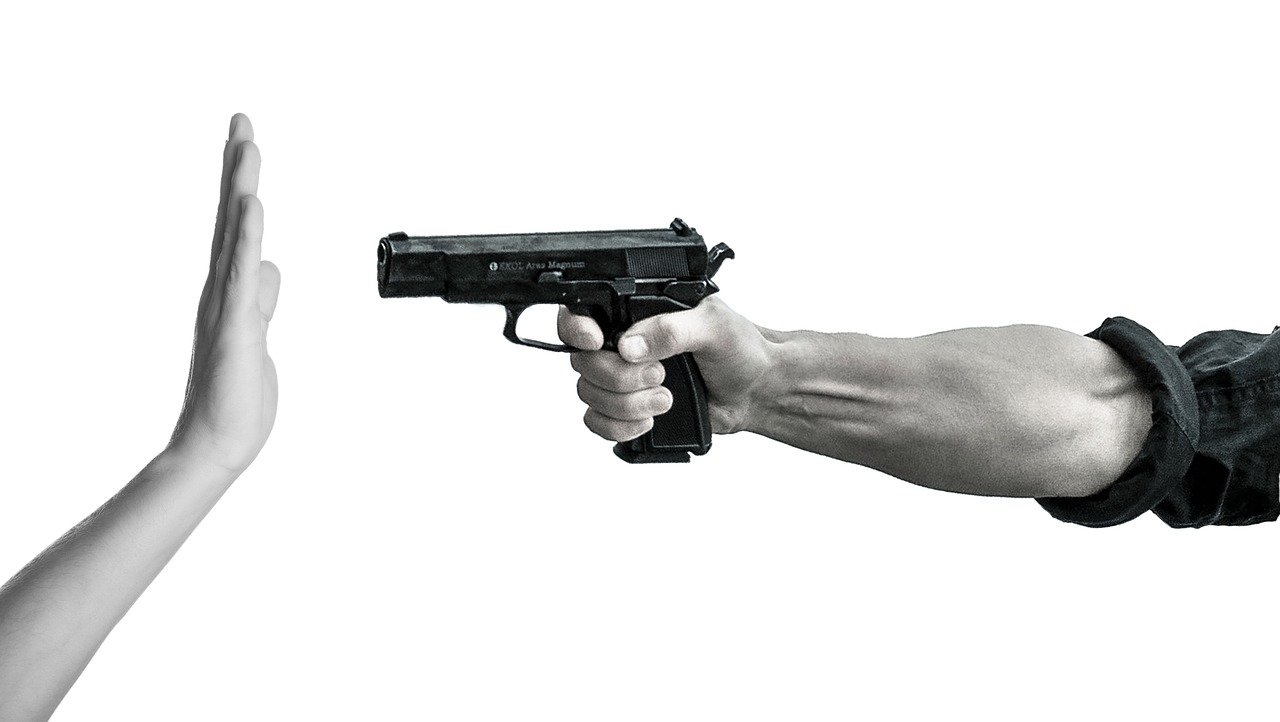
As a response to last summer’s Danforth shooting, Prime Minister Justin Trudeau requested an examination of “a full ban on handguns and assault weapons in Canada.” Other Canadian cities have been rocked by shooting tragedies in recent years. They include Quebec City, which saw a mosque attack in 2017, and again in Toronto during the recent Raptors parade. Causing further concern, since 2013, gun-related violence has increased by 42 per cent, with 7 out of 10 of Canada’s largest cities feeling the impact. All of this has led Canadians to ask, what is being done about guns?
Unlike our southern neighbour, Canadians do not have a constitutional right to bear arms, as decided by the Supreme Court in 1993. And though Canada does have a much lower rate of firearm death and injury than the United States, it still has a much higher rate than other developed countries such as the U.K., Australia, and Japan. With an increase in gun-related violent crime, proponents of gun regulation have been getting louder.
Urban-Rural Divide: Weapons versus Tools
A government-commissioned report led by Border Security and Organized Crime Reduction Minister Bill Blair found that Canadians are deeply polarized on the issue of gun control. Additionally, the latest figures from Statistics Canada show the per capita death rate by firearms is higher in rural (0.82) than urban (0.71) areas. Despite what one might predict based on these statistics, rural Canada is actually more hesitant to support stricter gun control laws than its urban counterparts. This finding may have something to do with how rural Canadians see guns. Rural and urban Canada seemingly have quite different relationships with guns: tools versus weapons.
In rural Canada, many own guns for the purposes of hunting or recreation. Guns are typically owned by hunter-trappers or farmers challenged by wildlife. The rural electorate could make Liberals hesitant to instate an outright ban on firearms. The government, however, has recognized that an outright ban would not significantly enhance public safety, and the costs would exceed the benefits.
On the other hand, guns in urban areas arguably have no practical use. Adam Vaughan, a downtown Toronto MP, echoes this statement, saying there is “no rational reason to own a handgun in an urban setting.” With active policing and a net-decline in violent crime, the justifications for gun ownership in dense cities is perhaps little to none.
With this divide in mind, Blair has suggested that communities with concerns about handgun violence should be empowered to pass tighter controls by their own authority.
One issue that both sides of the spectrum can agree on, is that Ottawa should focus more on the illicit market, which includes improved policing at the border and other ports of entry.
There is also consensus on the need to address the underlying social conditions that lead to gun violence, such as “poverty, lack of education and employment opportunities, poor mental-health support, and social isolation.” On the other hand, in a country as spatially diverse as Canada, urban and rural areas certainly need fundamentally different solutions to an overlying problem.
Bill C-71
The three classes of firearms, as defined by the Department of Public Safety, include non-restricted (most ordinary hunting rifles and shotguns), restricted (most handguns and semi-automatic firearms), and prohibited (small and prescribed handguns and fully automatic firearms). Firearm classifications will continue to be set by the Liberal government via Bill C-71, An Act to amend certain Acts and Regulations in relation to firearms. This bill will give the RCMP the power to decide how individual firearms are classified. Handguns continue to be of top concern, as about 60 per cent of firearm-related violent crimes involve them.
Bill C-71 received Royal Assent in June 2019. The official purpose of the bill is to enhance background checks and license verification; standardize existing best business practices; and bolster safeguards related to the transportation firearms, while not impeding the lawful use of firearms.
The bill is seen by some as a relatively moderate bill that will tighten record-keeping around the sale of non-restricted firearms. Critics, however, see the bill as an act to penalize lawful gun owners by burdening them with unreasonable regulations. Meanwhile, others see the federal action as nothing more than symbolic.
Moving Forward
Despite campaigning in 2015 to get handguns and assault weapons off the streets, the Liberals’ legislation does not quite match their promises. In reality, most movement on this issue will likely be put on hold until after the federal election. Bill C-71 has been criticized by anti-gun activists as being timid, and many claim the Liberals are tip-toeing around the issue, perhaps in an attempt to avoid isolating voters.
The current government seems to be stuck between wanting to act immediately to protect the public against gun violence, while also being hesitant to infringe on the liberties of Canadian citizens. In order to bring forward legislation that reduces the number of injuries and deaths resulting from gun violence, both sides will need to concede to reach a long-standing solution.
Edited by Lewie Haar
The opinions expressed in this article are solely those of the author and they do not reflect the position of the McGill Journal of Political Studies or the Political Science Students’ Association.
Featured image via Pixabay